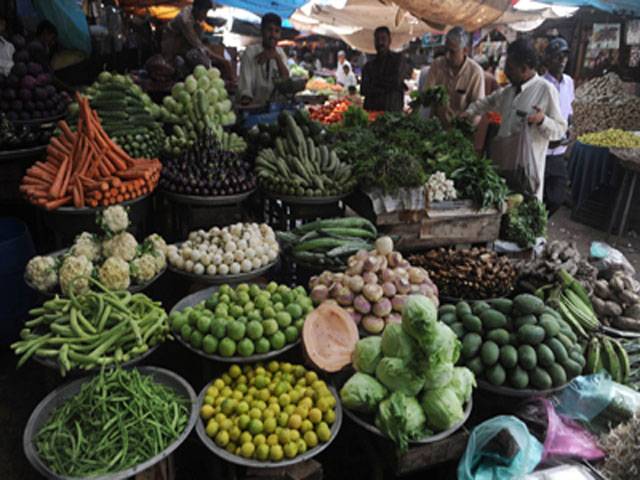MUMBAI - India’s wholesale price inflation slowed last month to its lowest in nearly five years, data showed Monday, but the country’s central bank governor dampened hopes of an interest rate cut.
The Wholesale Price Index rose 3.74 percent year on year — far below market forecasts of 4.40 percent — and sharply lower than the 5.19 percent rate clocked up the previous month, data released by the commerce ministry showed.
The better-than-expected wholesale price inflation performance came on the heels of a marginal weakening in retail prices in August to 7.8 percent year-on-year from 7.96 percent the previous month. But Reserve Bank of India governor Raghuram Rajan said there was still some “way to go” before “we are out of the woods”, indicating rates would remain on hold at the bank’s policy review meet on September 30.
“Inflation has come down. This is consistent with our forecast, and I am glad it is staying with our view,” Rajan told a meeting of business leaders in Mumbai before the data was released. “Bottom line, macro-economic indicators are improving. But still have some way to go before we can declare that we (the economy) are out of the woods,” said Rajan, a former IMF chief economist.
“And I am hopeful that is only a matter of time before that happens.”
Rajan has made taming inflation a top priority, despite business leaders clamouring for rate cuts to spur an economy which has been in stuck in its longest spell of weak growth for a quarter of a century. Wholesale prices for fuel and power rose 4.54 percent in August, down from 7.40 percent in July. Food inflation, meanwhile, eased to 5.15 percent compared with 8.43 percent the previous month.
Analysts also said rates were likely to stay on hold later this month, with retail inflation, which was released on Friday, still above the bank’s target of six percent by 2016.
“The central bank will want to see more evidence that inflation is coming down before it cuts rates,” D.K. Joshi, chief economist of leading Indian credit rating agency Crisil, told AFP.
“Consumer prices did show some positive indications but the central bank would like to wait for more signals and want to be assured that inflation is on a persistently declining trajectory,” Joshi said.
“Inflation has surprised everyone in the past — negatively,” Joshi said, especially with the full impact of a weak annual monsoon on food prices still not known.
The Wholesale Price Index used to be India’s benchmark inflation measure.
But the central bank has been watching more the Consumer Price index, which is based on a narrower basket of goods than the Wholesale Price Index, seeing it as a better reflection of prices at the retail level.
The central bank last cut interest rates in May 2013 but pushed them back up in subsequent months, citing persistent inflation.
The still struggling economy was underscored by data late last week showing that industrial output grew by an unexpectedly sluggish 0.5 percent in July, dimming hopes that Asia’s third-largest economy is set for a sustained recovery.
The half-percentage-point annual growth in production by mines, factories and utilities was the weakest in four months.
Analysts say right-wing Prime Minister Narendra Modi, who has just marked 100 days in power, faces an uphill battle to fulfil an election pledge to spur an economic recovery.
Friday, April 19, 2024
India inflation hits 5-year low but rates to stay high

King Charles's cancer ‘eating him alive,' monarch unable to perform duties: Insider
1:02 AM | April 19, 2024
Mehwish Hayat says she would like to work with Aamir Khan
9:59 PM | April 18, 2024
What caused record-breaking rainfall in UAE?
9:58 PM | April 18, 2024
Donald Trump discusses Ukraine, Middle East, NATO with Polish President Duda
9:57 PM | April 18, 2024
'That'll be awesome,' Rohit Sharma on idea of Pakistan vs India Test series
9:17 PM | April 18, 2024
Hepatitis Challenge
April 18, 2024
IMF Predictions
April 18, 2024
Wheat War
April 18, 2024
Rail Revival
April 17, 2024
Addressing Climate Change
April 17, 2024
Justice denied
April 18, 2024
AI dilemmas unveiled
April 18, 2024
Tax tangle
April 18, 2024
Workforce inequality
April 17, 2024
New partnerships
April 17, 2024
ePaper - Nawaiwaqt
Advertisement
Nawaiwaqt Group | Copyright © 2024





